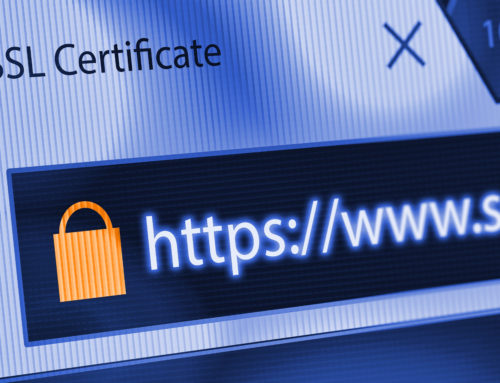
In our last two articles we took a look at what your software options are for email marketing, and then did a deep dive into one of our favorites: Zoho CRM. But what about when it finally becomes time to properly scaling up your email sending activities? Not wanting to leave you high and dry, that’s our topic for this week.
Sending bulk, sales, or marketing emails en masse sounds pretty straightforward on its face, but there are pitfalls. Look no further than America’s favorite canned meat as an example. Or, wait… look no further than the everyone’s least favorite type of email which was named after the ubiquity of America’s favorite canned meat: SPAM. Of all the places your bulk marketing emails would like to go a dead end tour of your customers’ spam folders is not one of them.
When you first get going with email marketing, it might be tempting to hit up everyone on every list you have ever had in one grand kickoff. We can all but guarantee that would not end as positively as you were hoping. Being flagged as a spammer — and if you try to send 10,000 emails right out of the gate, you will raise some eyebrows — is a surefire way to stop your marketing campaign cold in its tracks, thus putting any gains you’ve made with user engagement on the line.
Just think about the time and money you had to invest in order to get your campaign underway. To have the results of all that work go up in smoke would be everything opposite of good.
Adding an extra layer of trickiness is the fact that you can be flagged as a spammer on either end. Not only might your email service provider look unkindly upon you sending out thousands of emails at once, but you also run the risk of your IP address being flagged by ISP’s.
Microsoft has particularly strict guidelines about this. If you’re thinking of using Office 365 or Exchange Online these are the parameters you have to work within.
- Recipient rate limit: 10,000 recipients per day
- Recipient limit (to, cc, and bcc): 500 recipients per email
- Recipient proxy address limit: 400
- Message rate limit (SMTP client submission only): 30 messages per minute
While Microsoft blocking your account for being a suspected spammer is one thing (though a definite hassle, you can usually get yourself unblocked in an hour or so), a major ISP dropping the axe on your IP address is the stuff of an email marketer’s nightmare. It is possible to ensure this doesn’t happen — there are companies running daily campaigns well into the tens of millions — but it takes time, patience, and a little bit of game playing to prove to ISP’s that you’re one of the good eggs.
The process is called “warming up” an IP address, and it’s how high-volume senders are able to do what they do without fear of throttling or the dreaded 400 error.
To start, they only send emails from a dedicated IP address. This accomplishes two things: 1) it guarantees that you don’t end up sharing an IP with an at fault sender, and 2) it gives you more control. In short, you have a reputation to uphold, and anything that risks diminishing that is bad for your business identity.
Ramping up use of this new dedicated address is fairly straightforward: on Day 1 you might send out 50 emails; Day 2, 100; Day 3, 500; then 1000, 3000, 5000, 10,000, 20,000, 40,000, and so on. The exact scale will be different for every company, so it’s important to take these numbers as the examples they are, but with proper contact list hygiene, a daily volume of 300,000 is not out of the realm of possibility.
Perhaps you’re not quite there at that level though. If not, that’s totally okay! There aren’t many companies that are. It’s still a worthy goal — one that you will only reach by effectively using the invaluable medium of email marketing.
Need help designing an effective email campaign? Call JNT TEK today!





CONNECT WITH US!